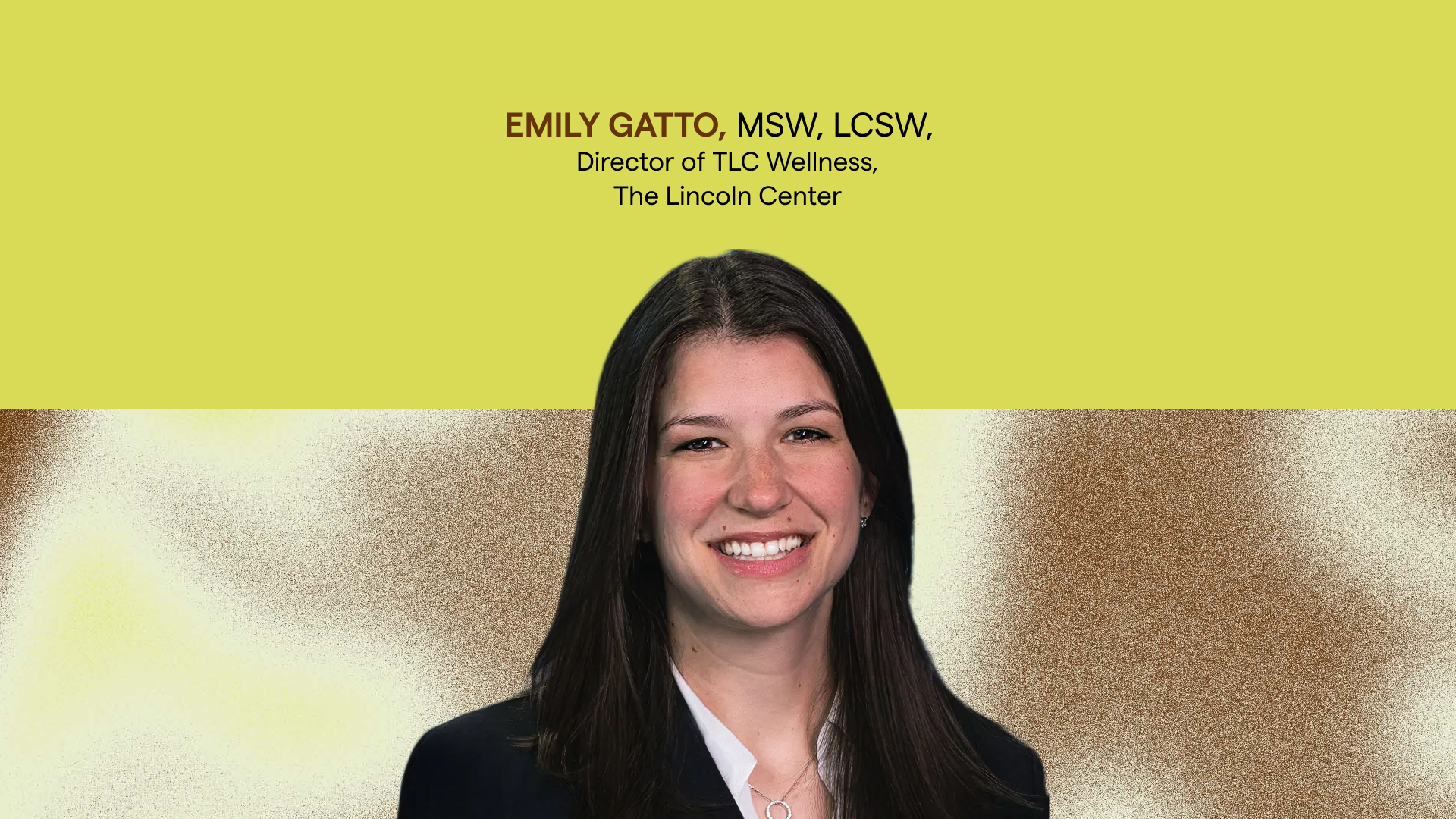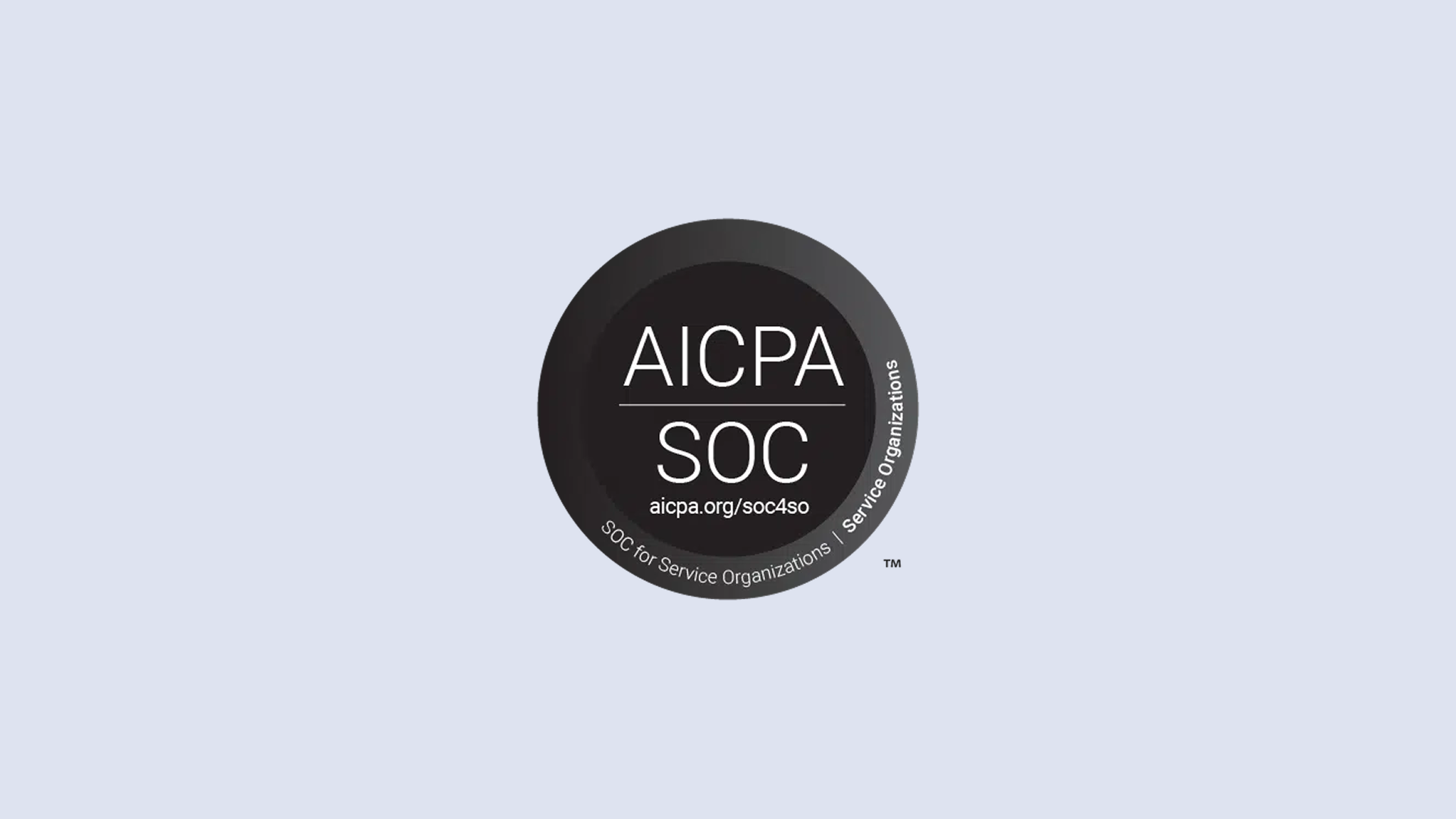
Article Two: Changes in Clinician and Client Engagement in Transitioning to Remote Mental Health Service Delivery
This article is the second article in a series profiling how four Canadian mental health organizations transitioned their services to adapt to the COVID-19 pandemic. This article explores how each organization adjusted to changes in client engagement and clinician buy-in amidst the COVID-19 pandemic.
The mental health organizations included in this series are:
- York Hills Centre for Children, Youth and Families
- Catholic Family Services of Toronto
- Queen Square Family Health Team
- DBT Hamilton
At York Hills Centre for Children, Youth and Families, it was recognized that not all staff members were comfortable with using new technology. To navigate this, staff were supported and trained on how to use video platforms, and discussions focused on the importance of seeing clients particularly during treatments that were longer term and complex in nature. Research that supports the efficacy of providing treatment virtually was also shared. Workshops were changed into webinars that are now being delivered online, and as a result attendance has increased dramatically. Though the staff appreciated that the workshops were reaching a wider audience as they were now more accessible, this did initially create apprehension for the facilitators who had to not only learn a new technology related to online presentations, but also adapt to presenting to a larger unseen group, as opposed to seeing participants when doing in-person workshops. In terms of client engagement, it was observed at first that some clients were hesitant to engage in remote service delivery, preferring to wait until in-person services resumed. To ease feelings of apprehension, the staff offered video ‘check-ins’ for clients who were unsure about video counselling, as opposed to full therapy sessions. Allowing time for both staff and clients to become comfortable with online sessions proved to be successful in moving forward with virtual treatment options. Clinical Director Simone Shindler shared that, “Offering a hesitant client the option to do video check-ins allowed them to gradually become comfortable with the video platforms, and for most, resulted in the client becoming more open to continuing with video counselling.”
At Catholic Family Services of Toronto, it was noticed that varying degrees of client engagement seemed to be influenced by the comfort level of the therapist in providing remote therapy. If the therapist was comfortable providing virtual sessions, the client’s willingness to try was much higher. Florence Loh, Manager of Programs, pointed out that for some, providing therapy online enhances accessibility, but for others it can be a barrier. For people who do not speak English as their first language, online therapy can be difficult, as the majority of online platforms require some ability to use English. Florence shared that “The consent paperwork requires a mutual understanding, and unfortunately we do not have the capacity to translate the forms in multiple different languages, however, for in-person services we can hire an interpreter. For online services having an interpreter is possible however it is a lot more cumbersome operationally”. Therefore, client’s who do not speak English as their first language may be less engaged in remote service delivery due to the lack of accessibility with regard to online video platforms, consent forms and interpreters.
At Queen Square Family Health Team, the clinicians have been pleased with the success of remote service delivery, as retention and attendance rates have been similar to in-person. Clinic Program Manager, Noreen Syed said, “There was initially some hesitation from clients which was expected. Our clinicians collaboratively discussed with these clients the therapeutic value of continuing therapy and how the benefits of online therapy can be similar to traditional face to face therapy.” The clinic’s group therapy program also made the transition to operate online, and clinicians have seen positive impacts on client attendance, retention, and participation. Though there were some clients who opted to wait for in-person group therapy to resume, the clinicians noticed that many of the clients who are participating in the online group therapy are opening up more than they would in the classroom setting. Noreen said, “It is very enlightening to see how the therapeutic relationship shifts when group therapy is online. Perhaps virtual care may expedite the therapeutic relationship, the client may feel safer in their home environment”.
DBT Hamilton tends to see individuals who present with higher risk concerns such as people who are chronically suicidal, people who engage in self-injuring behaviours, those with PTSD and complex mental health issues. The clinicians initially had some concerns regarding the effectiveness of video counselling for clients who presented with higher risk issues, however despite these concerns the team was very willing to try this new format. Lisa Burckell, the founder of DBT Hamilton, shared that only a handful of clients said they would like to wait until COVID-19 concerns subside, while the rest of their clients were open to video therapy. Dr. Burckell highlighted that being transparent with their clients was critical as it set the expectation that it may be a long wait before in-person counselling would be able to resume. Dr. Burckell noted, that “We tried to be transparent about the situation and give the client the choice as to what they would like to do, especially when their environment is out of control. Our clinicians tried to work with their choices and find the best way to continue care and communication with their clients”. Some clients initially decided they would prefer to wait, however after realizing that it could be months before returning to traditional in-person services, many changed their mind and became open to video counselling.
Next…
Each of these organizations effectively adjusted to changes in client engagement and clinician buy-in amidst the COVID-19 pandemic. Some common themes identified from their experiences include the importance of being transparent with clients, offering options in terms of therapy, and being cognizant not only of the benefits of virtual counselling, but also the barriers it can pose for client engagement. The next article will focus on the successes and challenges of remote-service delivery.












